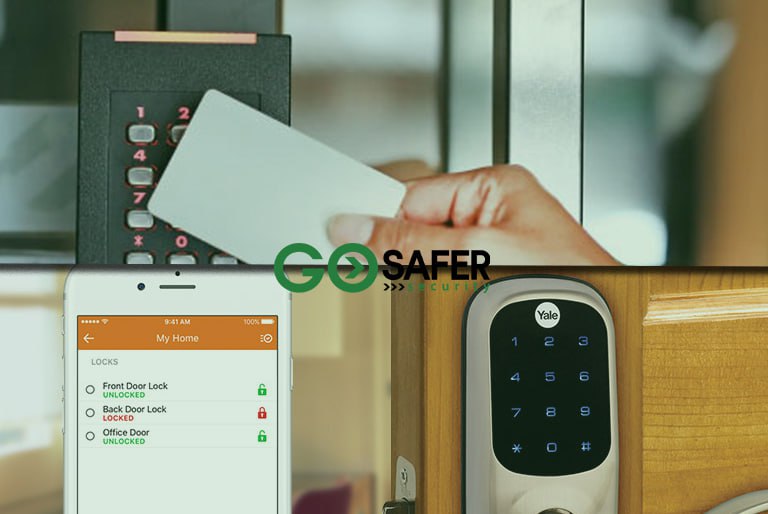Smart security systems have revolutionized home protection, offering convenience and enhanced safety. But with great tech comes significant risks. Can smart security systems be hacked? Unfortunately, yes—but with the right strategies, you can secure smart home devices and stay one step ahead of cybercriminals.
This blog explores how vulnerabilities can occur, real-world hacking examples, and crucial tips for protecting wireless security systems to ensure your home remains a safe haven.
Table of Contents
ToggleUnderstanding the Vulnerabilities in Smart Security Systems
While smart security systems are designed for safety, they can become entry points for hackers due to weaknesses in their networks or devices. Let’s break down the most common vulnerabilities:
1. Weak Passwords:
Using default or easy-to-guess passwords is a primary way hackers gain access to devices. Many users neglect updating these settings, leaving the system exposed.
2. Outdated Firmware:
Manufacturers often release updates to patch vulnerabilities. Ignoring updates leaves your system susceptible to known exploits.
3. Unsecured Wi-Fi Networks:
Your home Wi-Fi is the backbone of your smart devices. A poorly secured network can act as an open invitation to intruders.
4. Lack of Encryption:
Some systems transmit data without encryption, making it easier for hackers to intercept sensitive information.
Real-World Examples of Hacked Smart Systems
The reality of smart security hacks isn’t just theoretical. Several incidents have highlighted the importance of robust protection:
- Baby Monitors Compromised: In 2018, hackers accessed baby monitors and spoke directly to families. This chilling breach revealed the risks of poorly secured devices.
- Smart Doorbells Exploited: Hackers have manipulated smart doorbells to steal passwords and gain access to home Wi-Fi networks.
These examples demonstrate why protecting wireless security systems is crucial for peace of mind.
Tips for Securing Your Smart Home Devices
To keep hackers at bay, it’s essential to take proactive steps to secure smart home devices. Here are actionable tips:
1. Use Strong, Unique Passwords:
Create passwords that are hard to guess, incorporating letters, numbers, and special characters. Avoid reusing passwords across devices.
2. Regularly Update Firmware:
Check for updates from your device manufacturers and install them promptly to patch vulnerabilities.
3. Enable Two-Factor Authentication (2FA):
Whenever possible, enable 2FA to add an extra layer of security to your devices.
4. Secure Your Wi-Fi Network:
Change your default router password, enable WPA3 encryption, and hide your SSID to reduce visibility.
5. Invest in a Firewall:
Firewalls monitor incoming and outgoing traffic, helping to block suspicious activities.
6. Use a Virtual Private Network (VPN):
A VPN encrypts your internet traffic, adding an extra shield against cyber threats.
7. Disable Unused Features:
Turn off features like remote access or voice control when they’re not in use to minimize potential entry points.
What to Do If Your Smart Security System is Hacked?
Despite your best efforts, breaches can happen. If you suspect a hack:
- Disconnect the Device: Immediately disconnect the compromised device from your network.
- Reset to Factory Settings: Restore the device to its original state to remove malicious software.
- Contact the Manufacturer: Seek support to understand the breach and secure your system.
- Update All Passwords: Update credentials for all devices to prevent further unauthorized access.
Conclusion
So, can smart security systems be hacked? Yes, but with the right precautions, the risk can be significantly minimized. By following best practices for protecting wireless security systems, you can maintain a secure, connected home without compromising your peace of mind.
Smart technology is here to stay—embrace it confidently by staying informed and vigilant.







